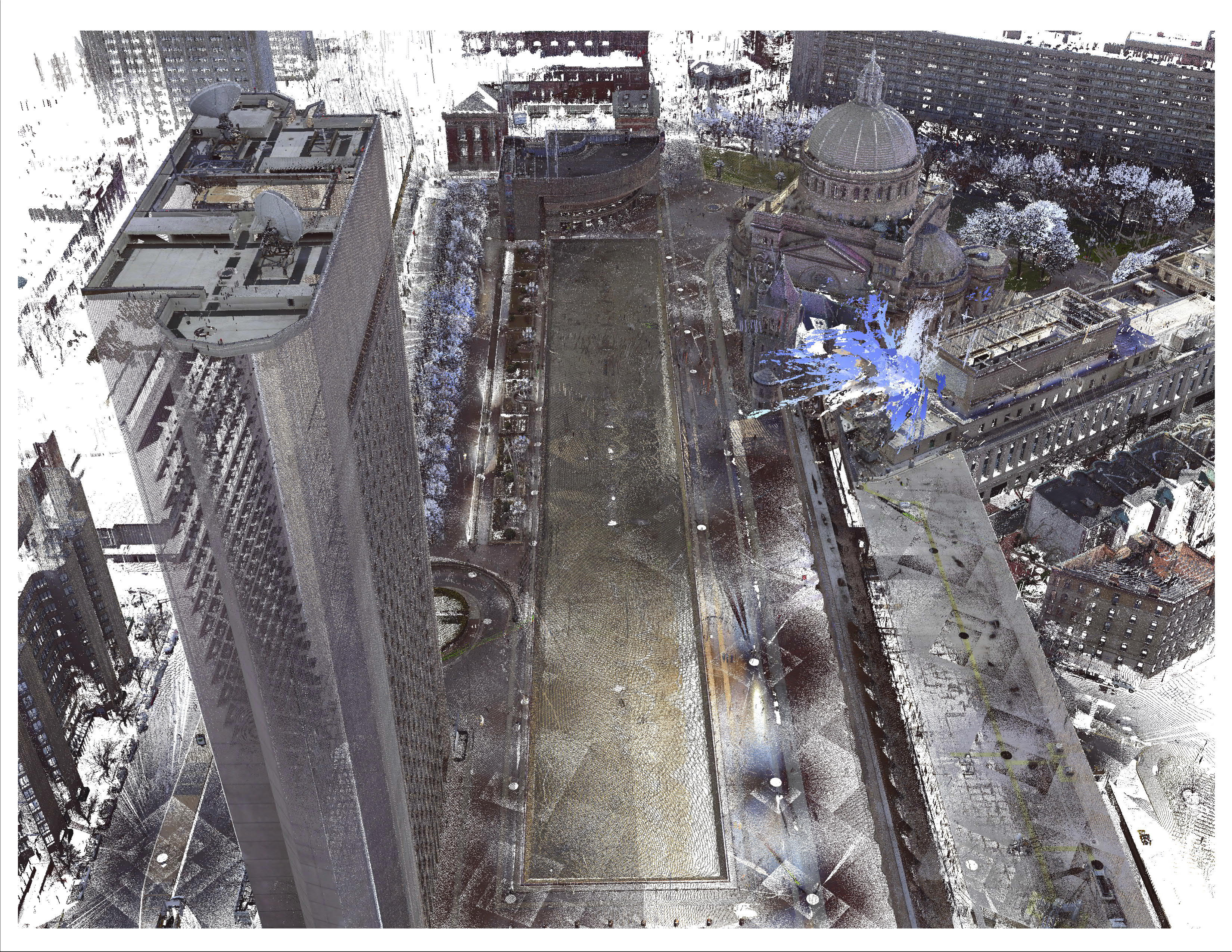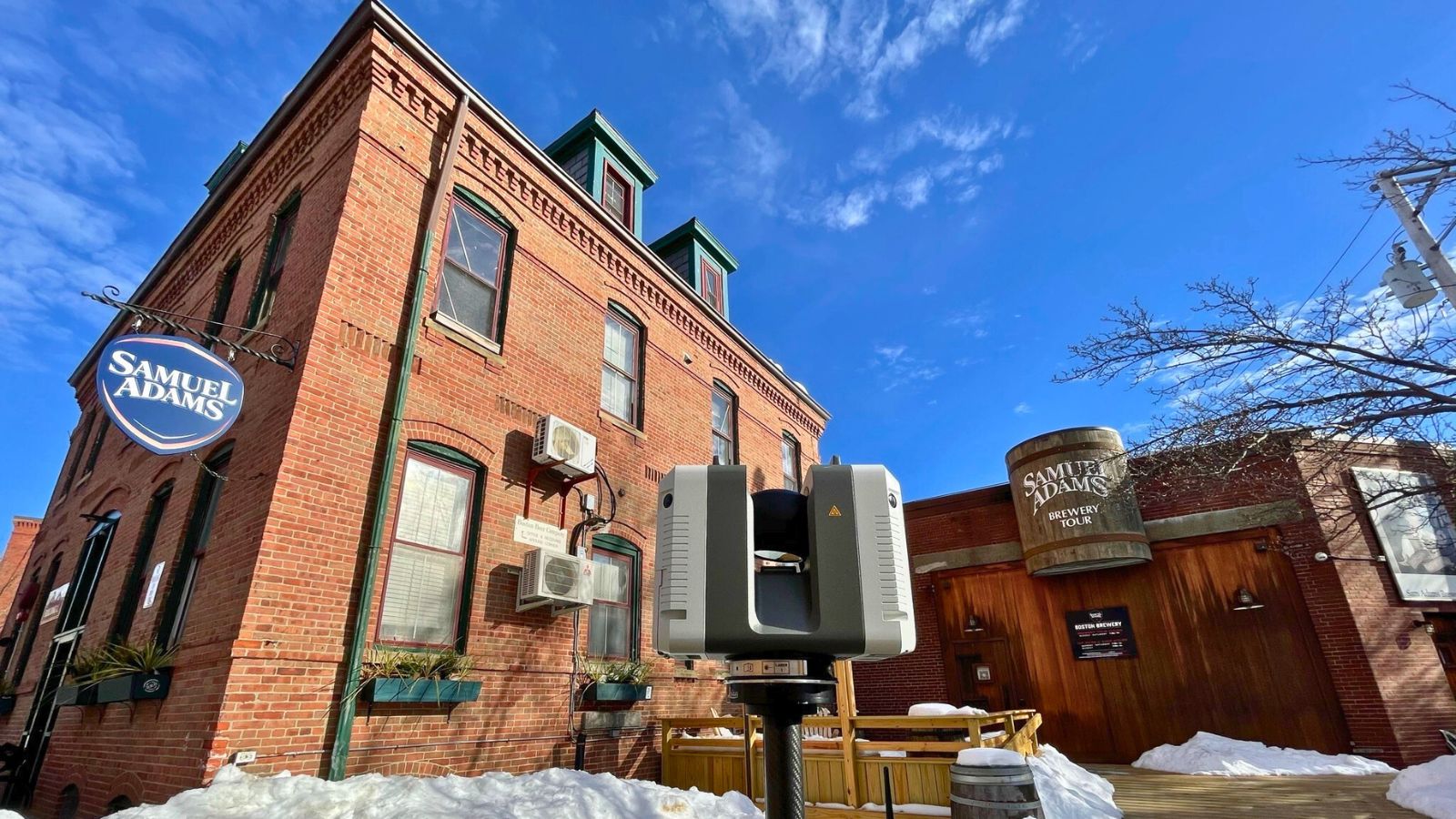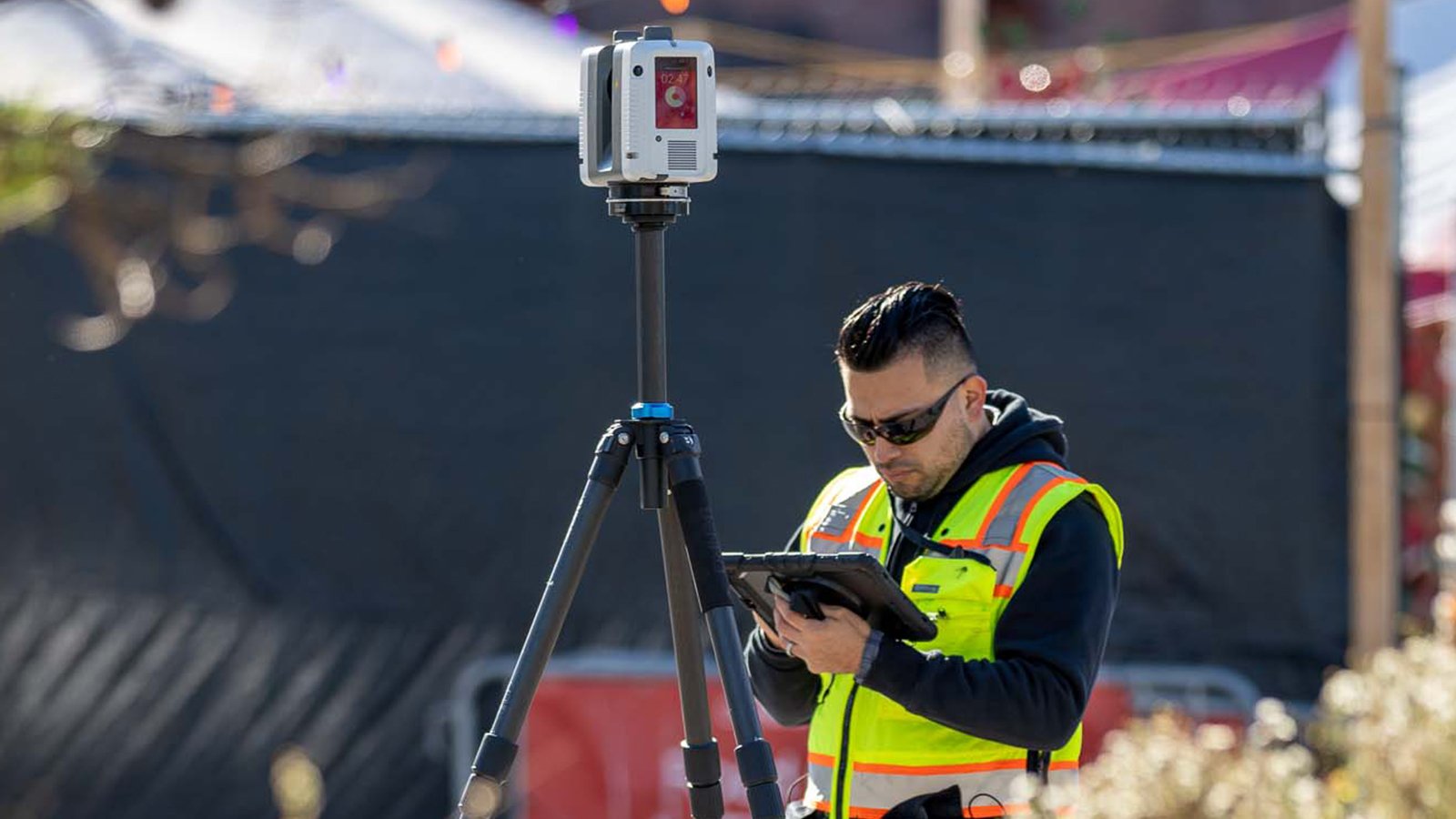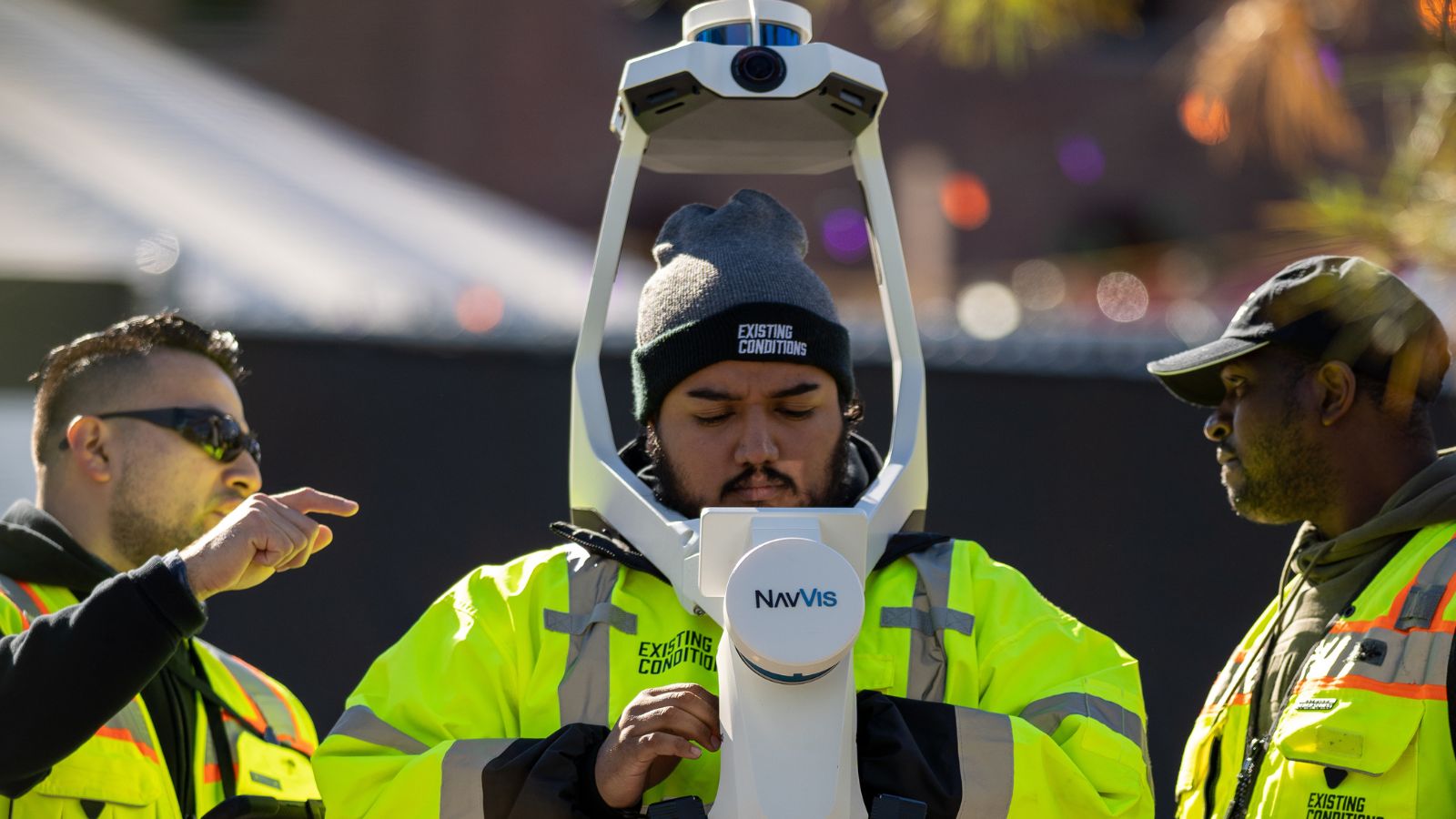Celebrating National Beer Day with Existing Conditions
In honor of National Beer Day, we're excited to share our collaboration with the iconic Samuel Adams Brewery in Jamaica Plain. At Existing...

Today, more and more professionals in the architecture, engineering and construction industries are turning to 3D reality capture for comprehensive building documentation. If you’ve never seen one of these scans performed, it may sound like a complicated, time-consuming process. In reality, nothing could be further from the truth.
3D scanning for building interior documentation is an efficient, cost-effective, and non-intrusive alternative to traditional documentation methods. Here’s what you can expect during your first building scan.
The most effective 3D building scanners are the Faro Focus S and the Leica RTC360. Both are compact, portable devices mounted on tripods. An even smaller, handheld scanner, such as the Faro Freestyle, may also be used to scan hard-to-reach spaces or highly detailed surfaces. Under most circumstances, these scanners are all that’s needed. However, aerial drones with photogrammetry technology are also available to capture images of rooftops and sites with limited foot access.
3D scanning for building interior documentation is a minimally invasive process that is perfectly suitable for occupied spaces and active construction sites. A small, professional crew will need to scan the exterior and interior perimeter of the building and, if necessary, the roof. The scanners are lightweight, extremely quiet and don’t emit noticeable light levels. The scanning can also be coordinated around your schedule to further minimize its impact.
Modern 3D scanners are high-speed devices capable of capturing up to 2 million data points per second. This means that each individual scan can be completed within a few minutes. However, the total number of scans required will depend on the size and scope of your project. This can range from 30 scans for a single-family home to over 300 scans for a larger, commercial development.
The 3D building scanners are as safe as the barcode scanners in supermarkets. OSHA classifies them as Class 1 lasers, which means that the light waves they emit are not harmful to eyes, skin or building materials. They produce no harmful radiation. They also don’t produce heat, so they pose no fire risks.
After your 3D building scans are complete, the data points and colored images will be combined to generate a single, presentation-quality Revit model. This model can be used to document as-built conditions, track changes to the building over time, calculate floor areas and material quantities, and develop detailed fixture/equipment schedules.

In honor of National Beer Day, we're excited to share our collaboration with the iconic Samuel Adams Brewery in Jamaica Plain. At Existing...

In the fast-paced world of architecture and construction, accuracy matters. Good buildings understand the importance of details and rigorous work to...

You need building measurements, and you need them to be accurate. The good news is that modern technology is on your side. Thanks to technological...